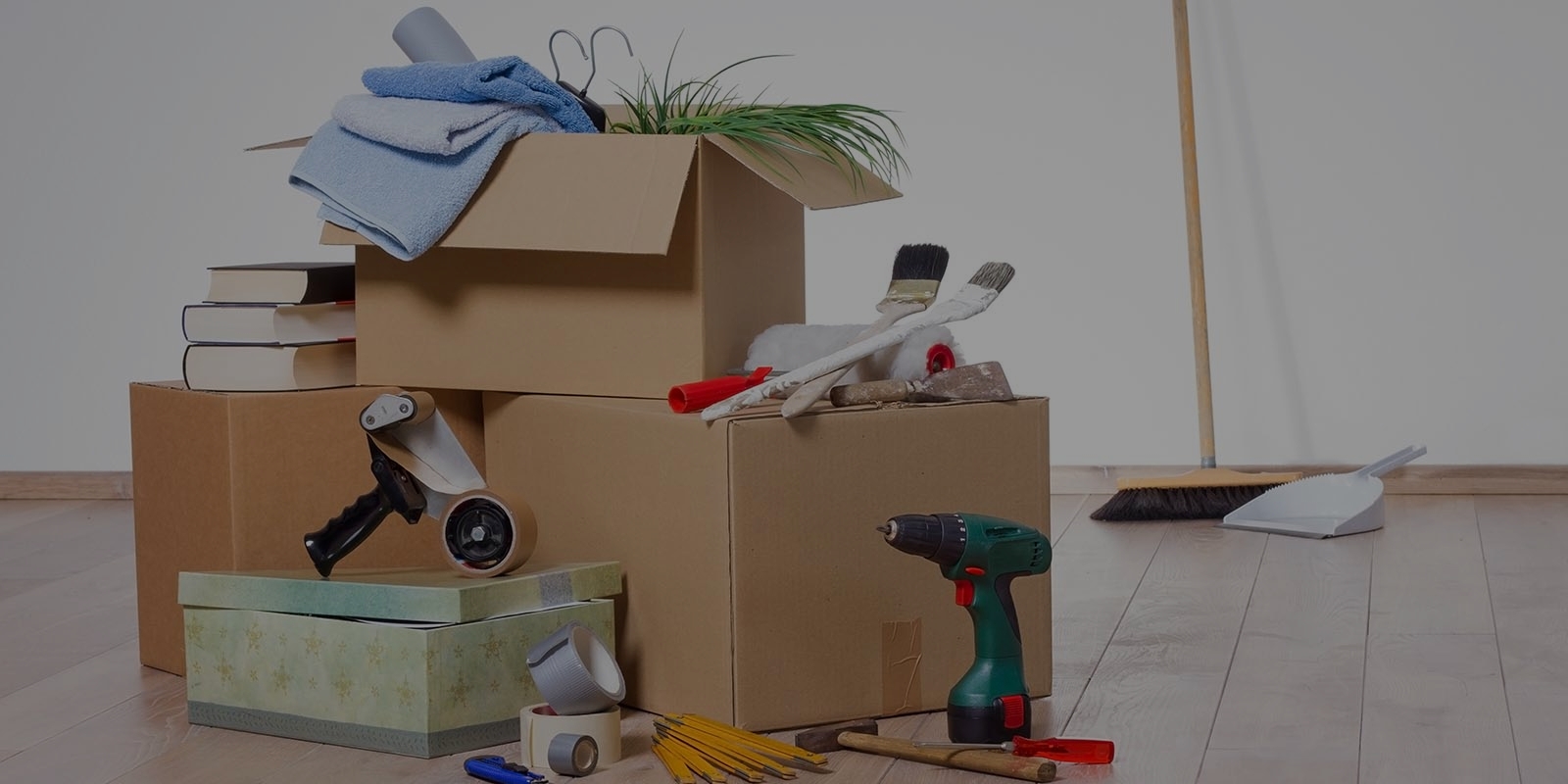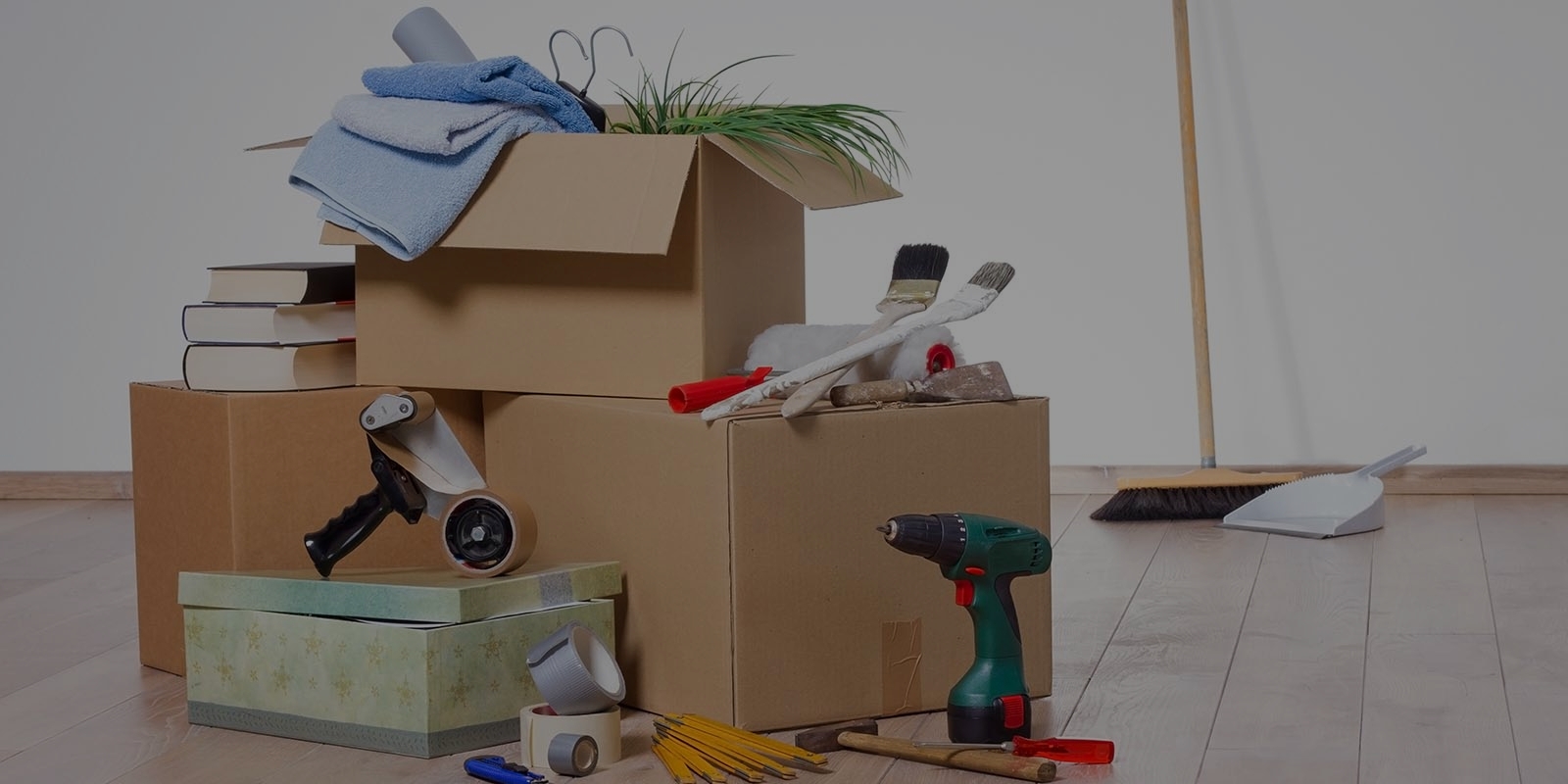Master the Art of Moving: Essential Packing Tips
Posted on 08/06/2025
Master the Art of Moving: Essential Packing Tips
Embarking on a new chapter in a different home is both exciting and challenging. Mastering the art of moving involves more than simply packing boxes--it's about adopting smart, efficient techniques that safeguard your possessions and streamline the process. Whether you're relocating across town or across the country, knowing the essential packing tips featured here will make your move seamless, organized, and even enjoyable.
Planning for Success: Organization Before Packing
Before you begin taping boxes shut, a successful move starts with strategy and organization. Here's how to get started:
- Create a Moving Checklist: List every task you need to accomplish before, during, and after your move. This keeps you on track and reduces stress.
- Set a Timeline: Assign deadlines for decluttering, gathering supplies, packing each room, and confirming logistics with your moving company.
- Sort and Declutter: Take inventory and categorize items to keep, donate, sell, or recycle.
- Reserve Movers Early: Whether hiring professionals or renting a truck, schedule services in advance to secure your preferred date.
Decluttering: Less to Pack, Less to Move
One of the most important moving tips is to declutter your belongings before you start packing. Not only will this save time and money, but it'll also prevent you from moving items you no longer need. Ask yourself:
- When did I last use this?
- Is it still in good condition or does it need repair?
- Does it fit my new lifestyle or home?
Letting go of unused or unwanted items will simplify the art of moving and make unpacking much more manageable.

Packing Supplies: Gather Your Tools of the Trade
Having the right packing supplies is essential for keeping your belongings protected and making the process efficient. Here's a list of must-have materials:
- Sturdy moving boxes in varied sizes
- Packing tape (reinforced for heavier boxes)
- Bubble wrap, packing peanuts, or foam sheets
- Permanent markers for labelling
- Moving blankets** or old towels
- Ziploc bags for small parts and hardware
- Plastic bins for fragile or valuable items
Pro tip: Start collecting boxes early--supermarkets, bookstores, and friends may have clean, sturdy extras they're willing to give away.
Essential Packing Tips for Every Room
To truly master the art of moving and efficient packing, take a room-by-room approach:
Kitchen Packing Wisdom
- Start by using up perishables: Avoid packing food that can spoil. Donate unopened, non-perishable goods to a local food bank.
- Wrap dishes and glassware individually: Use bubble wrap, packing paper, or clothing. Stack vertically in boxes lined with soft materials.
- Bundle utensils securely: Tie together similar items and cushion with dish towels.
- Pack appliances in their original boxes: If that's not possible, cushion with plenty of padding and remove loose parts.
Safeguarding Your Electronics
- Back up data: Save files to a cloud service or external drive before unplugging devices.
- Take pictures of cable setups: This will make reassembly in your new home easy.
- Use original packaging: If available, this provides the best protection.
- Label cords and accessories: Place them in clearly marked bags taped to their respective devices.
Bedroom Box Savvy
- Pack off-season clothing first: Use wardrobe boxes for hanging garments to prevent wrinkles.
- Keep bedding together: Place sheets, pillowcases, and comforters in large bags or boxes labeled by room.
- Jewelry and valuables: Move these personally in a secure case or pouch for peace of mind.
Living Room Logistics
- Disassemble furniture: Remove legs from tables and couches when possible to save space and avoid damage.
- Protect fragile decor: Wrap pictures, frames, and art in bubble wrap or towels and label as "fragile."
- Keep small hardware together: Place screws, bolts, and washers from disassembled furniture in labeled bags taped to the piece itself.
Labeling Like a Pro
Proper labeling will help you stay organized and minimize confusion when unpacking. Here are tried-and-true methods:
- Label every box on multiple sides with its contents and the room it belongs in.
- Number your boxes and keep a corresponding checklist with a note about contents.
- Use colored tape or stickers to easily identify boxes by room at a glance.
- Mark fragile boxes clearly for gentle handling by movers or helpers.
Top Secrets for Efficient Packing
Don't Overpack Boxes
It's tempting to use fewer boxes by stuffing them full--resist this urge. Overloaded boxes are difficult to carry and more likely to break under weight. Keep boxes under 50 pounds and use large boxes for lighter items, like linens, and small boxes for books and heavy possessions.
Fill & Pad Every Space
Prevent shifting by filling empty spaces in boxes with towels, socks, or crumpled paper. This guards against damage during transit and makes boxes sturdier.
Packing Fragile Items Smartly
Wrap each fragile item individually, layer the bottom of every box with cushioning, and don't stack heavier objects on top. Always clearly label your delicate items.
Use What You Have
Maximize every suitcase, duffel, laundry basket, and reusable bag you own. These sturdy containers are perfect for packing clothing, books, or miscellaneous items--plus, they reduce waste.
'Essentials Box' for Moving Day
Packing the infamous 'open first' or 'essentials' box will make your first night in your new home smooth. Include:
- Basic toiletries
- A change of clothes
- Towels and sheets
- Snacks and water
- Chargers and electronics
- Any medications or important documents
This box should travel with you--not with the movers!
Special Considerations for Long-Distance Moves
If your journey is taking you a long distance, extra care ensures your belongings arrive safe and sound. Here's how to adapt your packing strategy:
- Weatherproof packing: Protect against rain or extreme temperatures with plastic bins or weather-resistant covers.
- Inventory every item: Photograph valuable items for insurance and maintain detailed lists.
- Consider shipping valuables: For irreplaceable items (art, jewelry), a dedicated shipping service may be safest.
- Packing for storage: If items will go into storage, use plastic bins over cardboard, and avoid packing perishable or delicate items.
Unpacking: The Final Stretch
Unpacking can seem overwhelming after a big move, but organization pays off. To master it, prioritize:
- Unpack the essentials box first.
- Set up beds and bathrooms: Ensure a restful first night.
- Work room by room: Focus on one space at a time to maintain momentum and order.
- Break down boxes for recycling as you go to avoid clutter.
Bonus Moving Tips from the Experts
- Photograph electronics before unplugging to easily reconnect in your new home.
- Keep screws and bolts taped to furniture pieces for hassle-free reassembly.
- Change your address a week or two before your move to ensure mail arrives at your new home.
- Notify utility companies in advance of your move-in and move-out dates.
- Ask friends for help packing in exchange for pizza or coffee--it makes the task faster and more fun.

Common Packing Mistakes to Avoid
Even seasoned movers make missteps. Here are a few common mistakes to dodge:
- Leaving packing until the last minute--this increases stress and the risk of breakage.
- Ignoring proper labeling, which causes confusion at your new address.
- Neglecting to declutter--moving unwanted belongings adds to costs and hassle.
- Overpacking boxes, resulting in ripped boxes or injury.
- Skipping the essentials box--this can leave you scrambling on your first night in your new home.
Conclusion: Perfecting the Art of Moving
Mastering the art of moving doesn't happen by accident. It's a combination of mindful planning, effective packing strategies, and a little patience. By decluttering, gathering the right supplies, packing systematically, and labeling meticulously you'll make the transition to your new home smooth and stress-free. Keep these essential packing tips close at hand, and soon you'll be unpacking in your new space--relaxed, organized, and ready for your next adventure.
Remember: Every move is unique, but with diligence and careful preparation, you can turn even the biggest challenge into a manageable, successful, and even enjoyable experience.
If you found this guide helpful, don't forget to bookmark it for your next move and share it with friends who are ready to master the art of moving!







